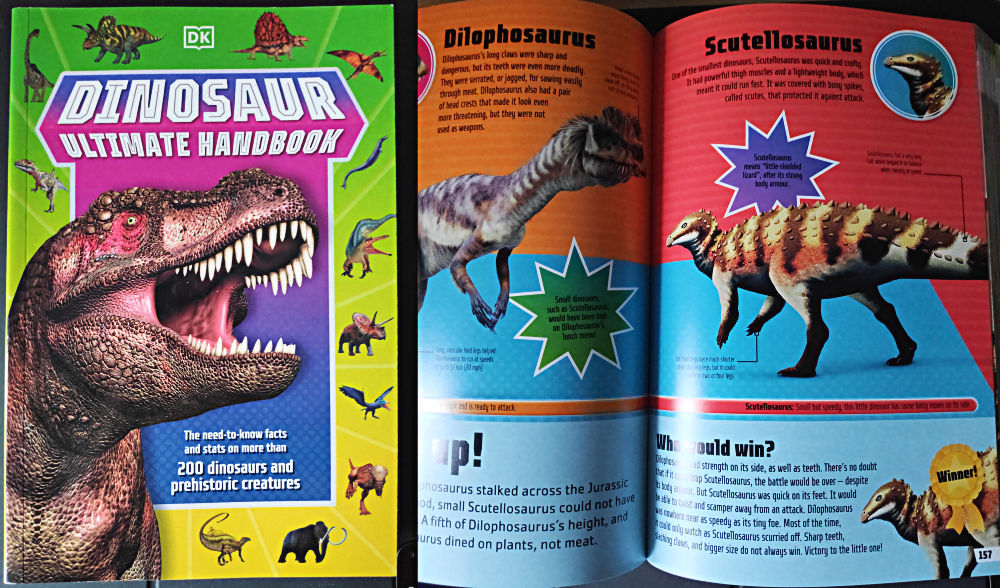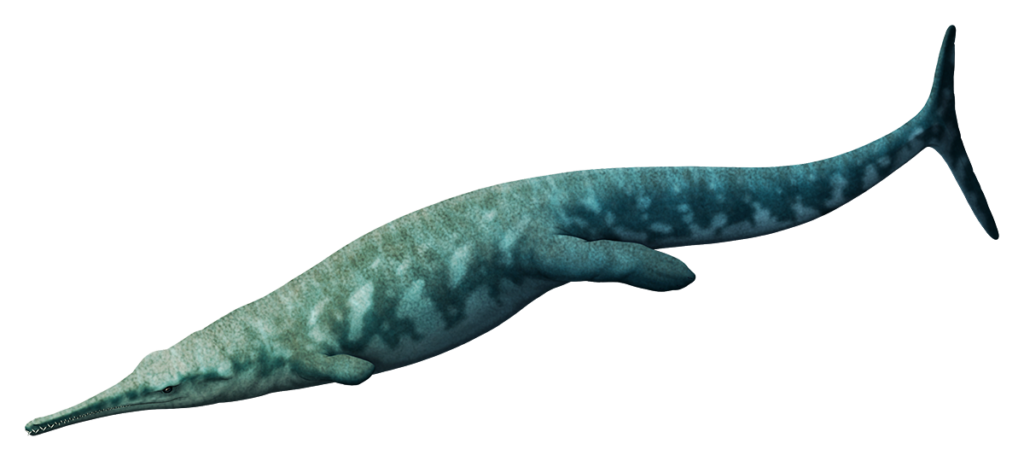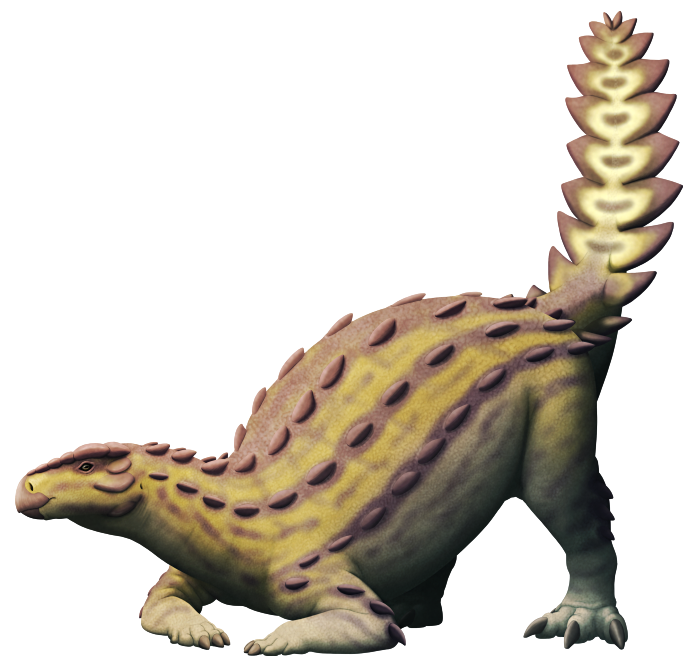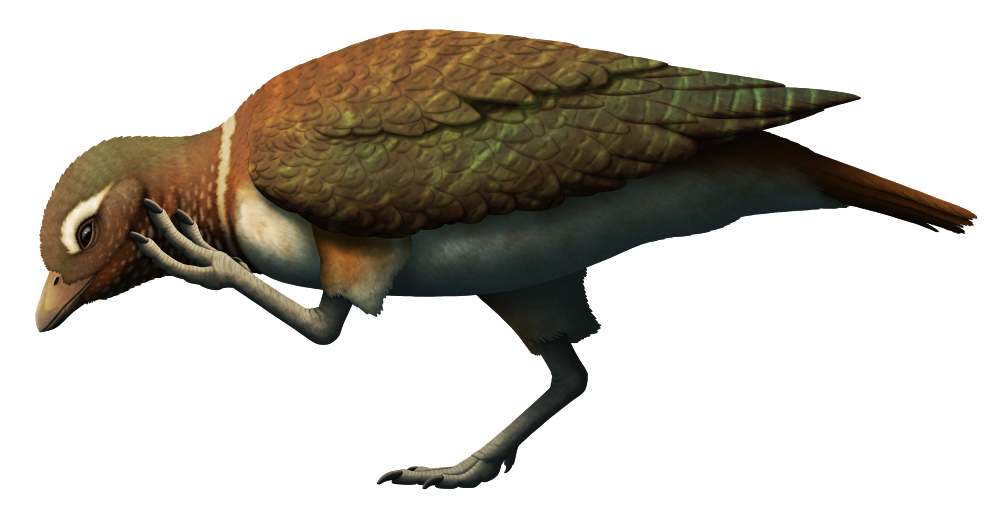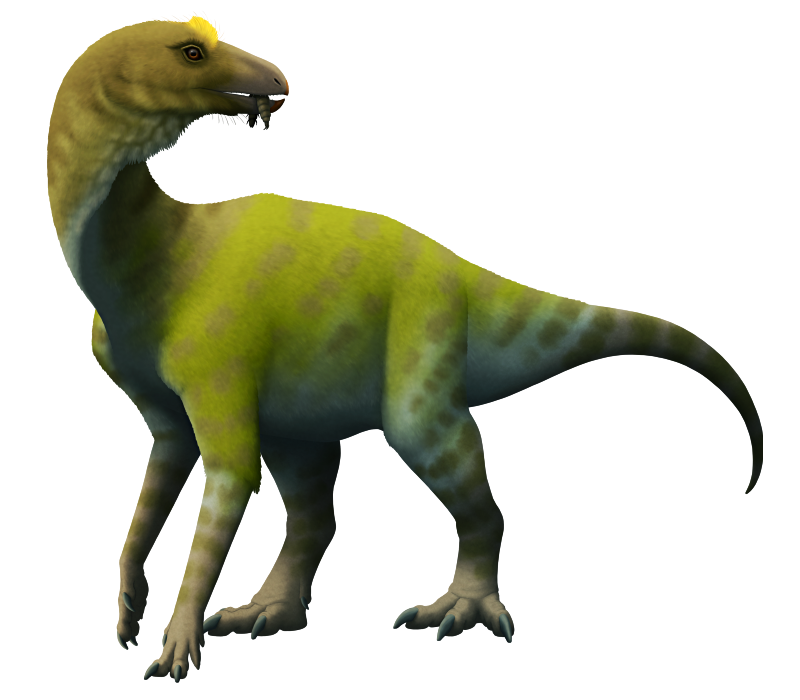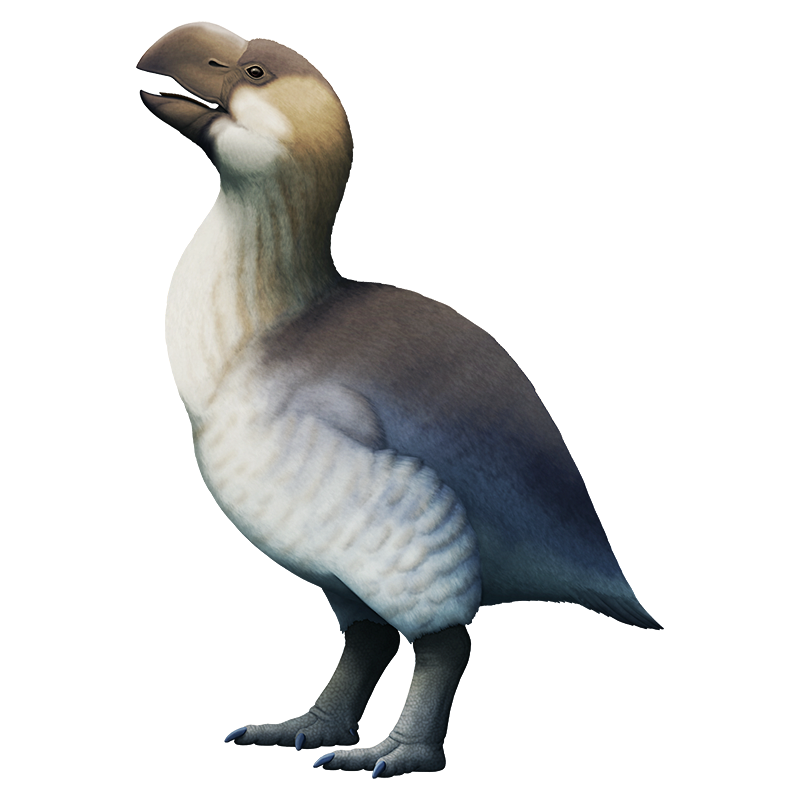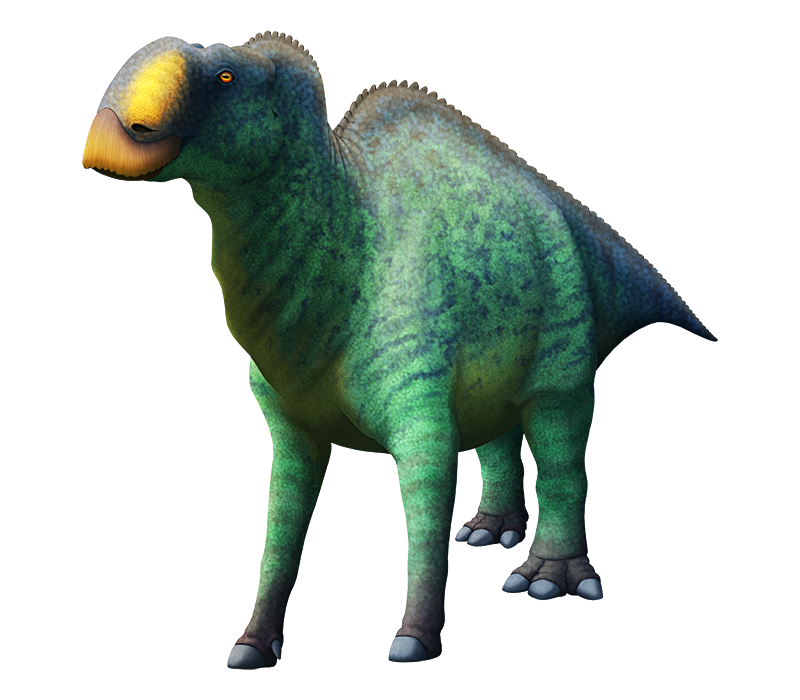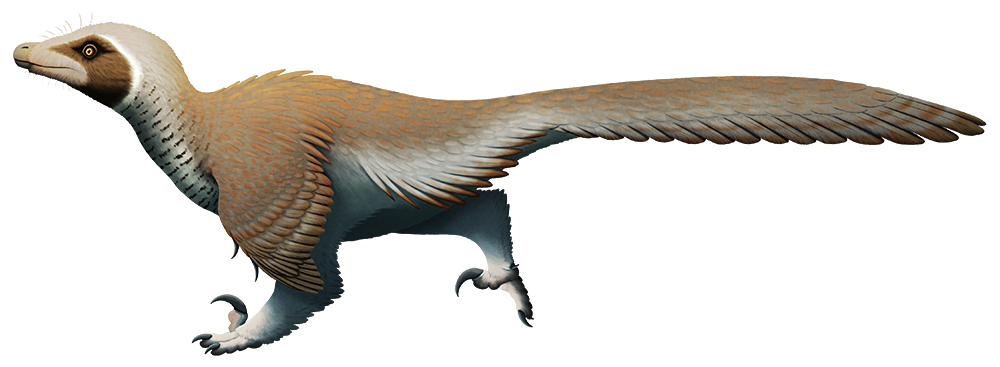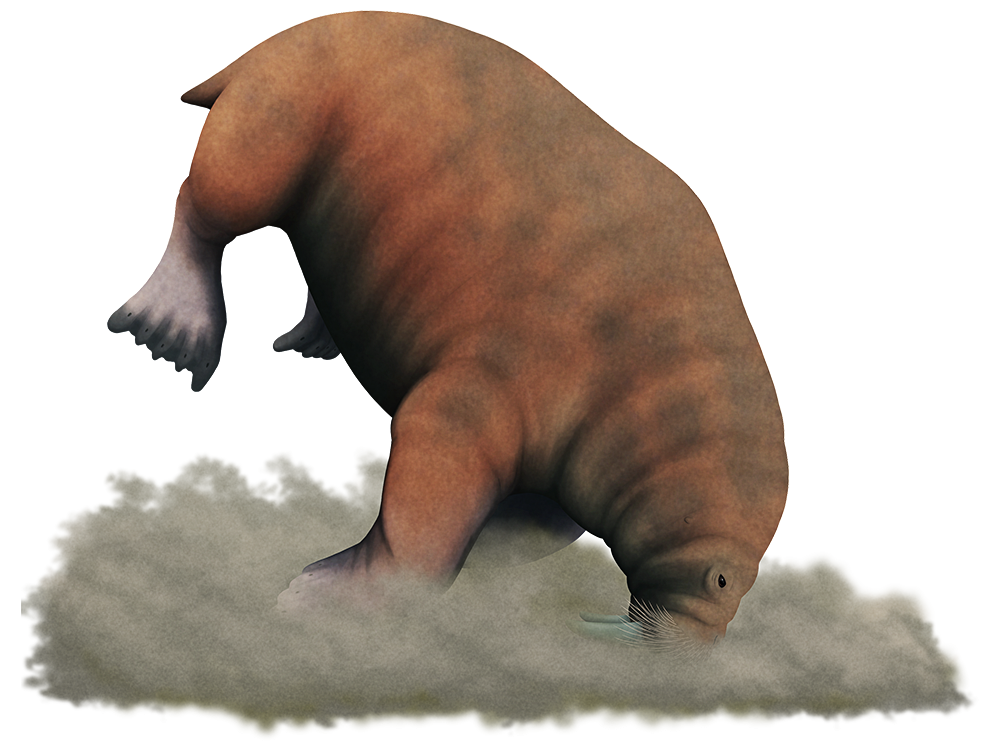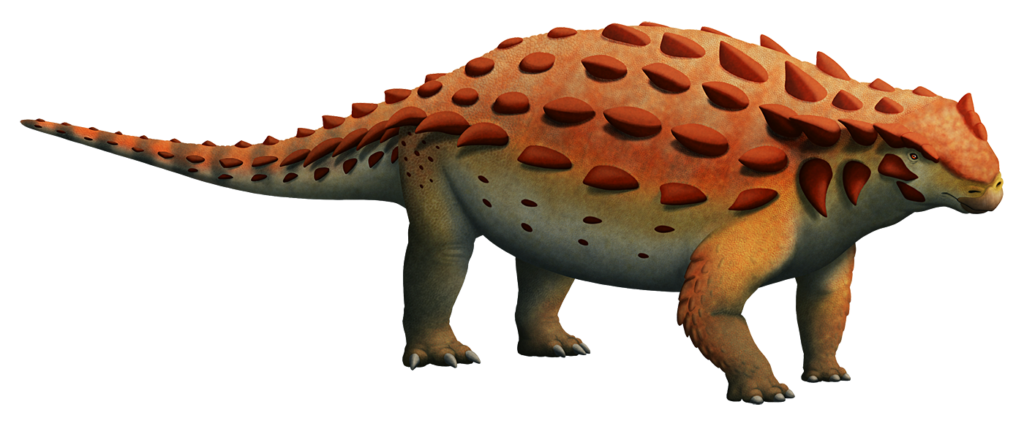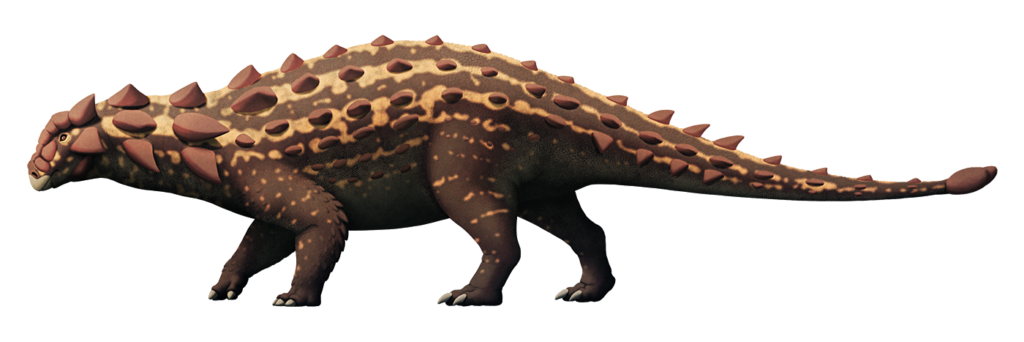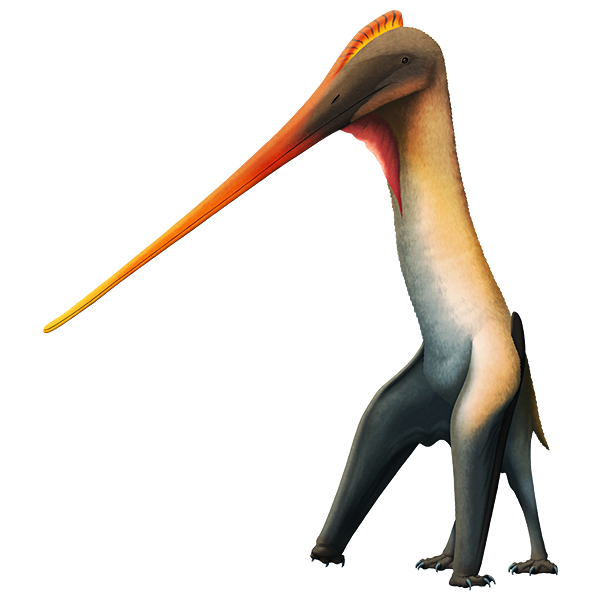66 million years ago, the end-Cretaceous mass extinction wiped out all dinosaurs except for the avian bird lineage.
…Or did it?
But I’m not talking about the dubious claims of non-avian dinosaur fossils found in places they shouldn’t be. This is about something else entirely: an unassuming little bird known as Qinornis paleocenica.
Living in Northwest China during the mid-Paleocene, about 61 million years ago, Qinornis was roughly pigeon-sized at around 30cm long (12″). It’s known only from a few bones from its legs and feet, but those bones are unusual enough to hint that it might have been something very special.
Uniquely for a Cenozoic bird, some of its foot bones weren’t fully fused together. This sort of incomplete fusion is seen in both juvenile modern birds and in adults of non-avian ornithurine birds from the Cretaceous – and the Qinornis specimen seems to have come from an adult animal.
If it was fully grown with unfused feet, then that would suggest it was actually part of a “relic” lineage living 5 million years after the mass extinction, surviving for quite some time longer than previously thought.
The last known non-avian dinosaur.
